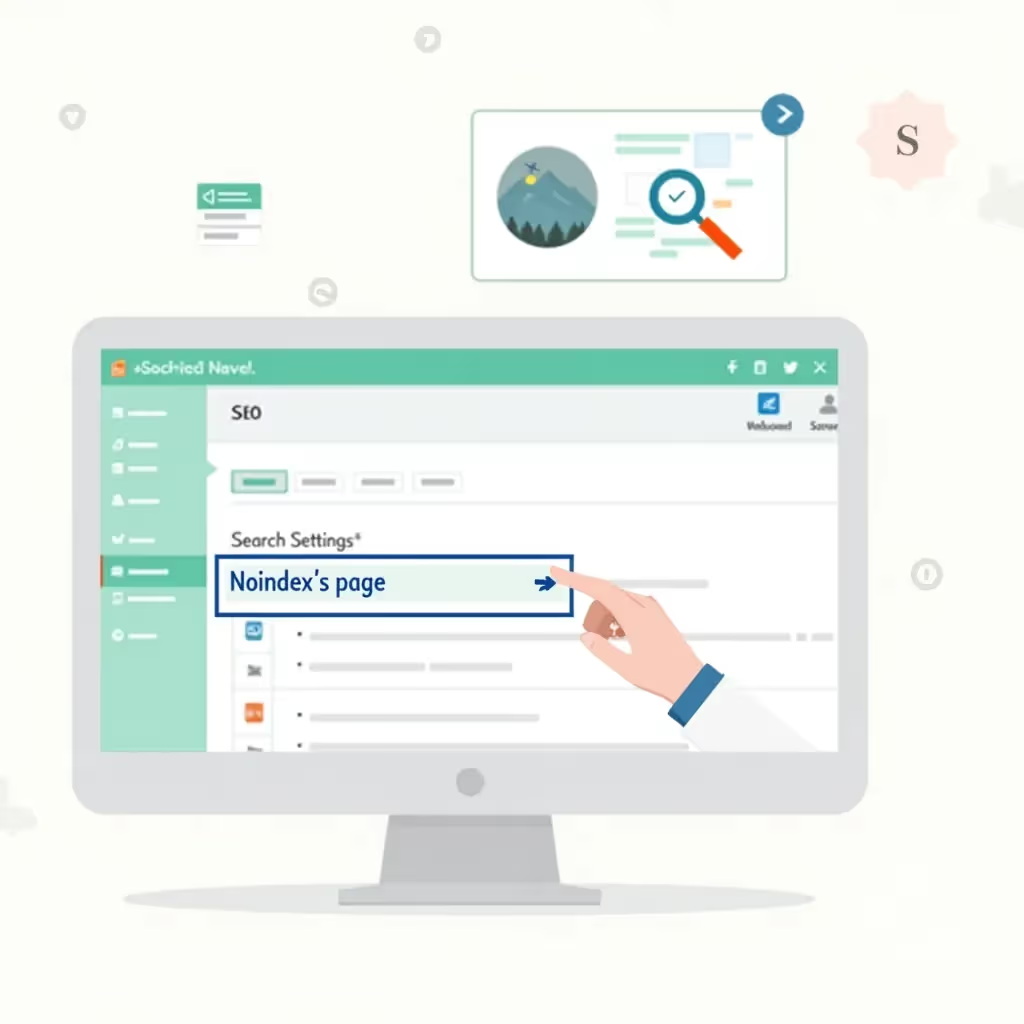In today’s competitive digital landscape, capturing the attention of a potential customer once is no longer enough to secure a sale or a conversion. Consumers are inundated with brands vying for their attention, and it's likely that most visitors to your website won’t convert on their first visit. According to Statista, the global cart abandonment rate hovers around 70-75%. This is where retargeting ads come into play, allowing you to re-engage potential customers who have already shown interest in your products or services.
In this blog post, we will explore what retargeting ads are, how they work, the different types of retargeting strategies, and how you can leverage them to improve your marketing performance.
What Are Retargeting Ads?
Retargeting ads, also known as remarketing ads, are a form of online advertising that targets previous visitors to your website or users who have interacted with your brand in some way. These ads aim to bring these users back and encourage them to complete a purchase, sign up for a newsletter, or take any other desired action.
When a visitor comes to your website, a retargeting tag (usually in the form of a tracking pixel or cookie) is placed in their browser. As they continue to browse the web, your ads will display on the various sites they visit, reminding them of your brand and the products they were interested in. The ads are created in a way that makes the content personalized and relevant to what they've already viewed or interacted with on your website.
How Does Retargeting Work?
Retargeting works by utilizing cookies or pixels to track visitors after they leave your website. Let’s break down the process in a little more detail:
- A user visits your website or interacts with your content on social media.
- A tracking pixel or cookie is placed in the user’s browser.
- When the user leaves your website without converting (e.g., without buying a product or subscribing to a service), the retargeting system is triggered.
- The user continues to browse the internet, visiting other websites and social channels.
- Your retargeting ads are displayed to the user on external websites or social media platforms to remind them of your brand and encourage them to return.
By targeting users who have already shown interest in your brand, the likelihood of conversion significantly increases with retargeting ads. According to a study by Invesp, website visitors who are retargeted with display ads are 70% more likely to convert compared to those who aren’t.
Types of Retargeting Ads
There are several forms of retargeting, and knowing the differences can help you create more effective campaigns. Let’s take a look at some of the most common types of retargeting ads:
1. Pixel-Based Retargeting
This is the most widely used form of retargeting. Pixel-based retargeting is based on tracking visitors by storing a cookie in their browser when they visit specific pages on your website. After a visitor leaves your website, the cookie enables your ads to be served to them as they browse other websites. This type of retargeting happens in real-time and is effective because it’s highly tailored to recent behaviors.
2. List-Based Retargeting
With list-based retargeting, you upload a list of email addresses of individuals who have interacted with your site or signed up for your services. Platforms like Facebook or Google match those emails with user profiles. Unlike pixel-based retargeting, list-based retargeting gives you more control over exactly who sees your ads, but the effectiveness depends heavily on the quality of your email list.
While not as instant as pixel-based retargeting, list-based can be great for targeted campaigns aimed at specific user segments, such as cart abandoners or loyal customers.
3. Dynamic Retargeting
Dynamic retargeting ads take personalization up a notch by displaying specific products a visitor has viewed on your website. If a user browses through a specific category or looks at a particular item, dynamic retargeting will show ads for those exact products. This form of retargeting is highly effective for e-commerce and travel websites, where personalized product suggestions can significantly influence conversions.
4. Social Media Retargeting
Social media platforms such as Facebook, Instagram, LinkedIn, and Twitter provide robust options for retargeting campaigns. When using these platforms, you can retarget based on user behavior both on your site and on the social platform itself. For example, you can retarget people who have engaged with your posts or videos on Instagram, or those who have clicked an ad via Facebook.
Facebook Custom Audiences is an especially popular tool for this purpose, allowing advertisers to retarget based on both pixel data and email lists.
Benefits of Retargeting Ads
Now that we’ve understood what retargeting ads are and how they work, let’s delve into the reasons why businesses should invest in this powerful marketing strategy:
1. Increased Engagement: Retargeting keeps your brand in front of users who have already shown an interest, keeping engagement levels high without seeming intrusive.
2. Improved Conversion Rates: Since retargeting focuses on individuals who've already interacted with your brand, the likelihood of conversion is much higher than with cold leads from other advertising methods.
3. Cost-Effectiveness: Compared to other forms of advertising like search ads, retargeting often has a lower cost-per-click (CPC), as the audience is already warm and primed for a sale.
4. Highly Targeted Messaging: Retargeting allows you to tailor your message according to user behavior. Whether they added products to their cart but didn't complete the purchase or viewed several blog posts about a particular topic, you can customize your ad content to resonate with their specific intent.
5. Cross-Channel Consistency: Retargeting ads can be seamlessly integrated across various platforms, including display networks, social media, and mobile apps. This omnichannel approach ensures your brand stays top-of-mind no matter where the user goes online.
Best Practices for Retargeting Ads
To make the most out of your retargeting campaigns, it’s important to follow some best practices:
1. Segment Your Audience
Not all visitors are the same, and segmenting your audience based on behavior is key to running effective retargeting campaigns. For example, individuals who abandoned their shopping carts should receive a different message than those who simply visited the homepage. You can segment your retargeting ads by:
- Recency: How recently the user visited your website.
- Specific actions: Whether they abandoned a cart, signed up for a newsletter, etc.
- Demographics: Age, location, interests, etc. (if available).
2. Utilize Frequency Caps
No one wants to feel bombarded by ads. Be mindful not to overwhelm your customers with the same ad over and over again. Frequency caps help limit the number of times an ad appears to the same individual, ensuring your campaign remains effective without becoming annoying.
3. Create Enticing Offers
Include a compelling CTA or offer to encourage users to return. For instance, consider offering a discount for cart abandoners. Retargeting is a great opportunity to provide incentives to potential customers who are sitting on the fence.
4. Test Different Ad Formats
A/B testing different designs, copy, and even call-to-actions (CTAs) across web and social platforms can help improve the effectiveness of your retargeting ads. Regularly testing ad creative is key to optimizing results.
5. Exclude Converted Users
If someone has already converted, it’s a waste of your ad budget to continue showing them retargeting ads. Be sure to exclude converted customers from your retargeting campaigns.
Retargeting Platforms
| Platform | Features |
|---|---|
| Google Ads | Offers display and search retargeting ads across its vast network. Advanced targeting options like user interactions on YouTube or Gmail are also available. |
| Facebook Ads | Allows retargeting through Custom Audiences using both pixel and email list data. Integrates seamlessly with Instagram as well. |
| LinkedIn Ads | With LinkedIn's Matched Audiences, you can retarget business-focused users based on website visits, email addresses, or profile interactions. |
| AdRoll | Specializes in programmatic retargeting across multiple channels, including display, email, and social media, with powerful analytics. |
Each of these platforms offers unique capabilities, so it's important to choose the platform that best suits your audience.
Conclusion
Retargeting ads are a vital part of any comprehensive digital marketing strategy. By keeping your brand in front of warm leads who have already shown interest, you increase the chances of conversion and reduce wasted ad spend. From list-based to pixel-based campaigns, dynamic product shots to customized social ads, the opportunities for retargeting are vast.
However, as with any marketing tactic, the key to success lies in properly segmenting and understanding your audience, as well as continuously optimizing your campaigns based on performance. If implemented correctly, retargeting can significantly boost both your revenue and customer retention.





